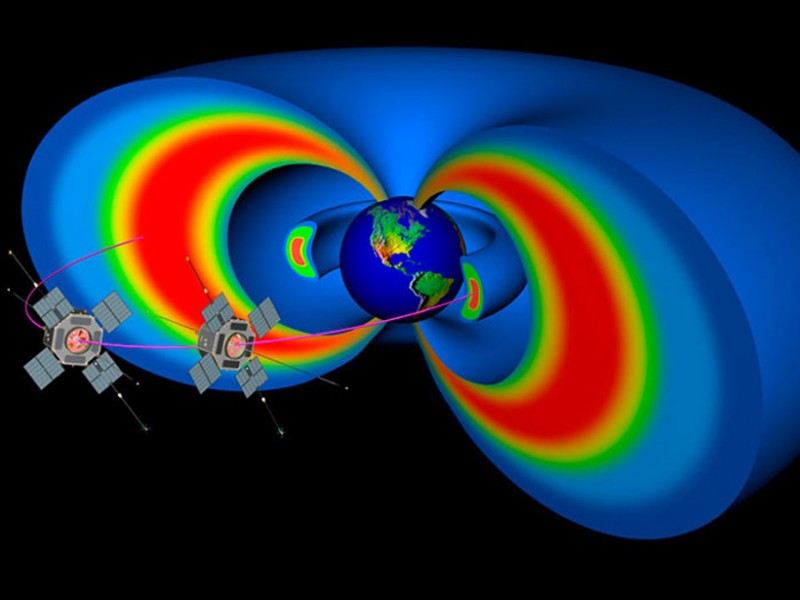One of the benefits of digging so deep into the earth was that the Soviets were able to put geological theories to the tests. One discovery made was that there ISN’T actually a transition from granite to basalt between 3 and 6 kilometers beneath the surface as many scientists had originally thought. The basalt actually extended beyond the 12 kilometer point, which made scientists rethink their original theories about seismic-reflection results. In other words, the Kola borehole led to the discovery that an entire layer of the Earth’s crust doesn’t actually exist.
What’s more, at around 4.3 miles down the hole, cracks in rocks were found to contain water. This was an amazing discovery because no one expected water to exist at such great depths. It made researchers realize that the water inside the rock cracks were probably caused by
Hydrogen and oxygen atoms squeezed out and then retained below the surface because of the impermeable rock above.
Finally, one of the most amazing discoveries made through the project was the detection of life in the form of microscopic fossils found in rocks that were more than two billion years old. From the fossils, researchers were able to find the remains of 25 different species of plankton. The discovery was very surprising because the fossils were surround by organic compounds that were tough against the pressure and temperature of the surroundings.
Sadly, the Kola Superdeep Borehole project was halted in 1994 because of a variety of reasons. One reason was because it was just getting way too hot down there. The temperature at the bottom of the hole was a scorching 356 degrees F, which is the temperature where food (or people) get cooked. This was such a huge difference from the expected 212 F that it was almost unbearable for people to continue further. Not only that rock density increased the deeper the hole was dug, resulting in greater porosity and permeability. In other words, it was like drilling through plastic rather than solid which made it very a difficult operation.


















